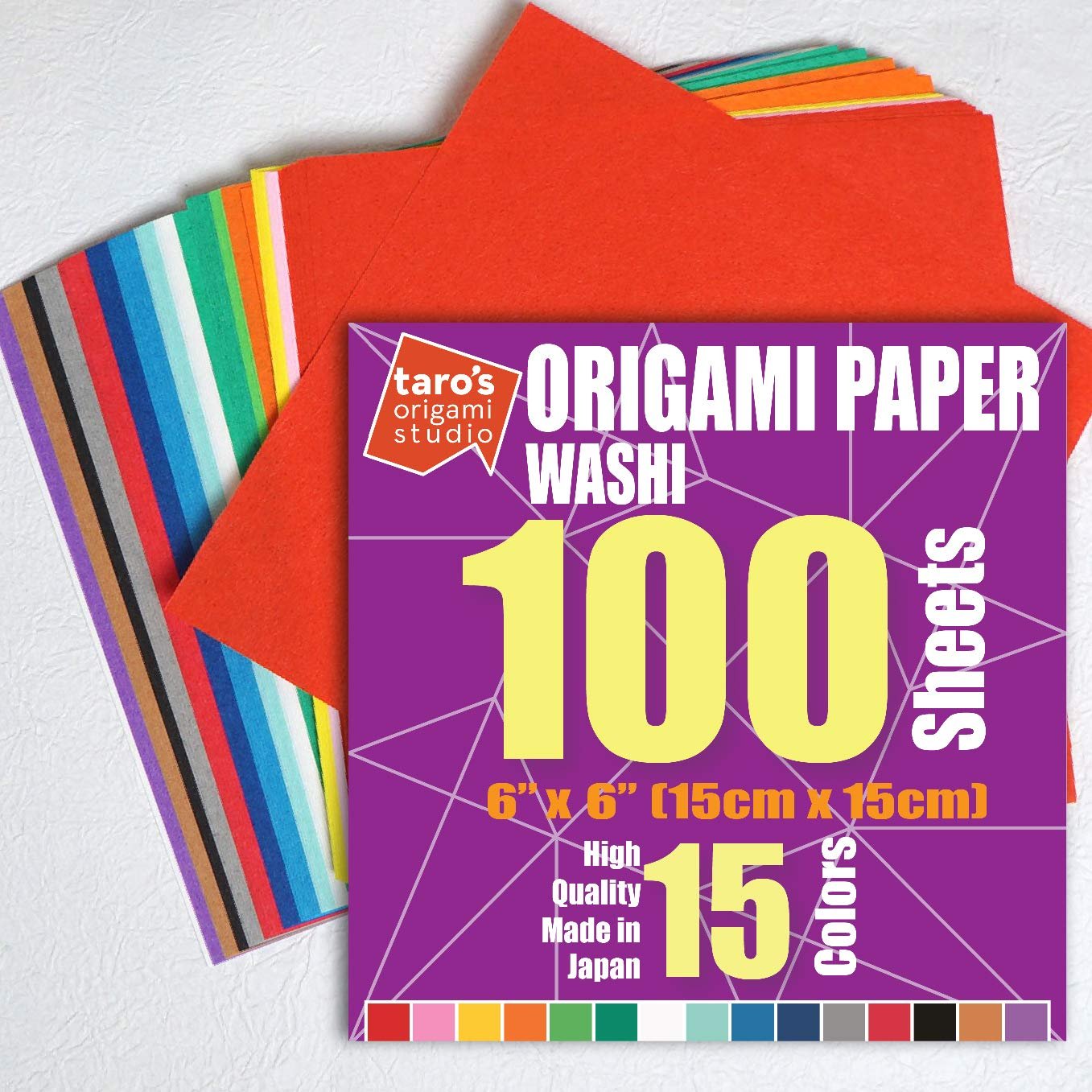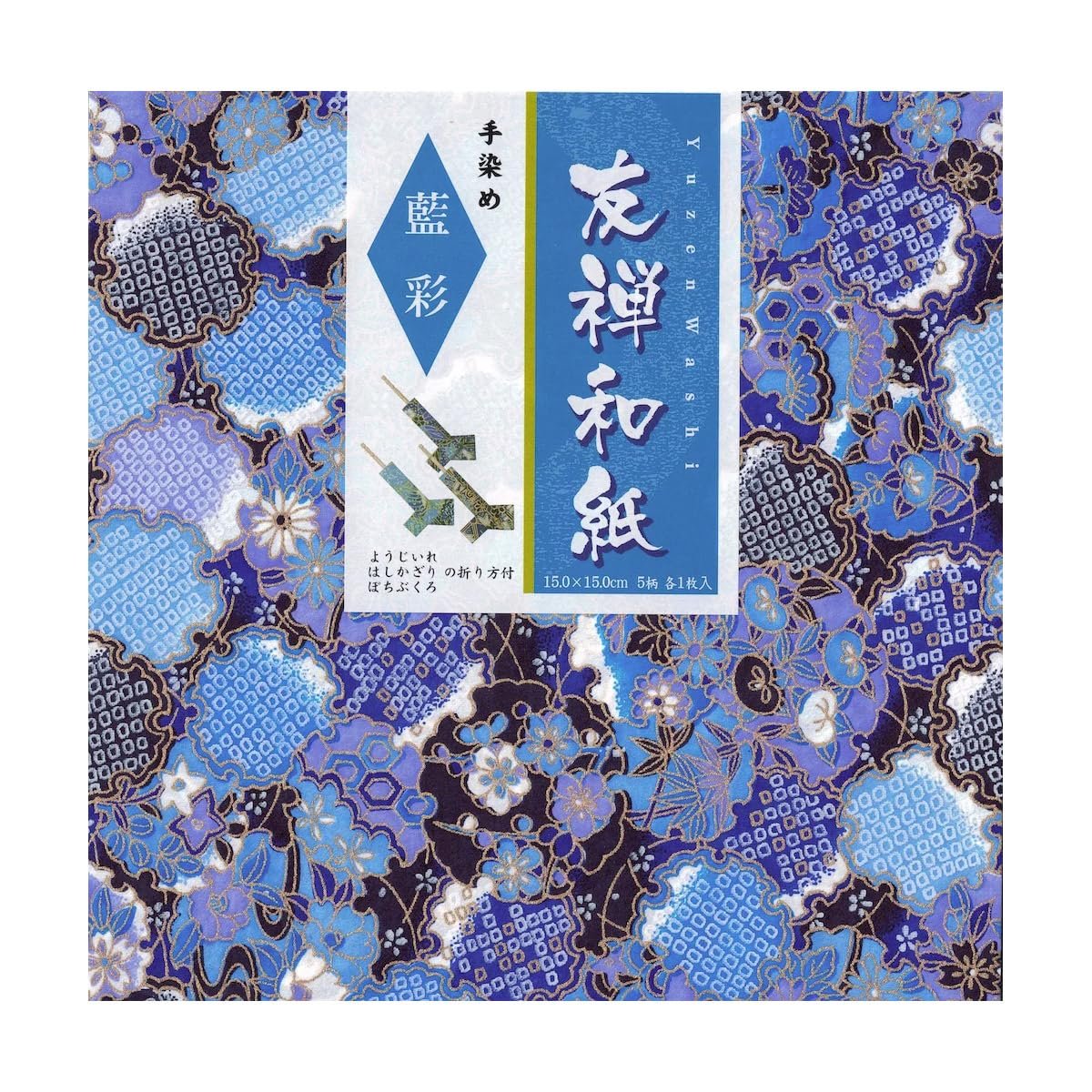Japanese paper, known as washi, has been cherished for centuries for its beauty and durability.
Made from the fibers of trees like mulberry, washi is not only sustainable but also offers unique textures and colors that elevate any art project.
When it comes to origami, the quality of the paper can significantly impact both the folding process and the final outcome.
Artisans and enthusiasts alike often seek out handmade washi for its superior craftsmanship and aesthetic appeal.
Choosing the right washi for origami involves considering several factors.
The thickness of the paper affects how well it holds a crease, while the texture can influence the folds’ precision.
Color and pattern options are equally crucial, as they can enhance the visual impact of the finished piece.
Lastly, I always pay attention to the size of the sheets, ensuring they align with my project requirements.
With so many options available, finding the perfect handmade washi can be a delightful yet overwhelming task.
Let’s explore the top six choices that every origami artist should consider, ensuring you’ll have what you need to create stunning paper creations.
Top 6 Handmade Japanese Paper (Washi) for Origami Artists
As an origami enthusiast, I’ve discovered that the right paper can make all the difference in my creations.
Here are my top picks for handmade Japanese washi that elevate any origami project.
Check out these options to find the perfect paper for your next masterpiece!
Taro’s Origami Studio Paper
This paper is a solid choice for anyone looking to enjoy origami with vibrant colors and quality feel.
- Beautiful texture that feels luxurious.
- Vibrant, assorted colors provide great variety.
- Easy to fold and reshape, perfect for detailed projects.
- Some might find the texture not as refined as expected.
- It can resemble construction paper which may disappoint some users.
- May not hold moisture well for wet-folding techniques as some advanced options.
Taro’s Origami Paper showcases the elegance of traditional Japanese craftsmanship.
Each sheet is designed with a vibrant solid color on both sides, which makes it easy to incorporate into various origami creations.
The pack includes a generous 100 sheets, offering a mix of colors that can inspire creativity.
The textured feel adds a delightful dimension to my projects, making it suitable for everything from intricate flowers to small animals.
However, some users expected a different texture, leaning more towards something delicate.
For those who enjoy the joy of folding, the ease of use really stands out.
This paper creases beautifully, allowing me to make crisp folds.
Despite some minor drawbacks regarding the texture, Taro’s paper remains a reliable choice for hobbyists and just might become a staple in my origami kit.
PAPERKIDDO Washi Origami Paper
This origami paper set offers a beautiful selection that can elevate any project, making it a worthy choice for both beginners and experienced folders.
- Beautiful traditional patterns that add a unique touch to creations.
- Quality thickness prevents tearing while folding.
- Double-sided designs enhance versatility for various crafts.
- Not all sheets feature gold detailing, which may disappoint some users.
- Some users find the paper a bit thicker than expected for intricate folds.
- Packaging may not match the advertised presentation, leading to confusion.
The PAPERKIDDO Washi Origami Paper impresses with its stunning designs and quality.
Each pack includes ten unique patterns, inspired by traditional Japanese kimono fabrics, which give your projects a cultural flair.
The gold detailing on select designs enhances the visual appeal, allowing your origami pieces to stand out.
In terms of functionality, the 80gsm paper holds up well during folding, making it suitable for a variety of shapes.
Whether you’re crafting intricate animals or simple decorative items, this paper can handle it all.
For those crafting with children, this paper can also help teach color distinctions, which adds an educational element to creativity.
Despite some drawbacks, such as variability in gold detailing and thickness for more delicate folds, the overall quality and design make this set a fantastic addition to any origami toolkit.
It combines aesthetic charm with practical usability, making it an attractive option for any origami artist.
Mulberry Paper Magic
This mulberry paper pack provides a vibrant selection perfect for origami enthusiasts.
- Creative color variety
- Thin but strong texture
- Suitable for multiple crafts
- Can be challenging for beginners
- Thinner than traditional origami paper
- Slightly pricier than standard options
Using this premium mulberry paper for my origami projects has been quite enjoyable.
The rich colors and delightful texture make folding a satisfying experience.
It’s nice that you get 100 sheets, as there’s plenty to experiment with.
I found this paper to be versatile, not just for origami but also for card making and other crafts.
The thinness allows for delicate creations while still holding up well during the folding process.
It’s a wonderful alternative to electronic activities, encouraging creativity for all ages.
Though some people find it challenging for beginners, I believe that with practice, they can still produce beautiful results.
The assortment of colors adds an element of fun, making every project a little more special.
Overall, I appreciate the quality and presentation, especially the packaging which felt like a delightful gift.
JapanBargain Yuzen Washi Paper
This washi paper is a solid choice for anyone looking to enhance their origami projects.
- Authentic Japanese craftsmanship ensures quality.
- Vibrant indigo color adds a stunning touch.
- Made from strong, durable washi that holds creases well.
- The size might feel limited for larger projects.
- Fewer sheets per pack may not satisfy heavy users.
- Some users find the cost relatively high.
The JapanBargain Yuzen Washi Paper is made in Japan, highlighting its authenticity.
The rich indigo hue is not only visually appealing but also steeped in Japan’s cultural significance.
It’s perfect for adding a sophisticated flair to any origami piece.
Crafted from high-quality washi, this paper offers both strength and flexibility.
I’ve noticed that it handles intricate folds exceptionally well, making it a favorite for detailed designs.
The combination of beauty and functionality really stands out.
Though the pack contains just five sheets, the quality makes each one count.
For someone just starting, this might be a manageable amount.
However, for seasoned origami artists, the limited quantity could be a drawback.
Still, the charm and craftsmanship of this paper are hard to overlook.
Washi Origami Paper Pack
I think this origami paper pack is a solid choice for anyone looking to dive into origami with beautiful patterns and vibrant colors.
- Great variety with 12 different designs.
- High-quality, double-sided sheets.
- A large pack of 500 sheets makes it budget-friendly.
- Doesn’t come with a storage box, so it can scatter easily.
- Some designs may not have the gold accents as expected.
- The size might be smaller than what some users anticipate.
The 500-sheet Washi origami paper pack is bursting with color and intricate designs.
It’s perfect for all those creative projects I want to tackle, especially when crafting with kids.
The double-sided feature adds versatility, allowing for unique combinations on each fold.
While it offers a fantastic range of patterns, I noticed that it doesn’t include a box for storage.
That could lead to a bit of a mess if I’m not careful.
Also, a few users have pointed out that the gold accents depicted in the images aren’t as pronounced in reality, which might be a letdown for some.
Despite these minor drawbacks, I appreciate the overall quality of the paper.
The thickness seems just right for making sharp folds, and it’s great for both practice and projects.
I also find the price fair for the amount of paper offered.
Buying Guide
When selecting washi paper for origami, I consider a few key features.
Here’s what I look for:
Thickness
The thickness of washi paper affects how it folds.
Thicker papers can withstand multiple folds without tearing, while thinner options can create intricate designs.
A balanced thickness is usually best for most origami projects.
Texture
The texture of the paper can impact the final look of the origami piece.
Some papers have a smooth finish, while others are more textured.
I prefer a texture that complements my design style.
Size
Washi paper comes in various sizes.
I typically choose sheets that fit the scale of my origami model.
It’s a good idea to have a mix of sizes in my collection to match different projects.
Color and Pattern
The color and pattern of the paper can add character to my designs.
I like to pick colors that resonate with the theme of my project.
Some papers have intricate patterns that enhance the overall aesthetic.
Durability
Not all washi paper is created equal when it comes to durability.
I look for papers that are less likely to tear, especially for complex folds.
Checking the paper’s specifications can help me find the right level of sturdiness.
Price
Finally, I consider my budget.
Washi paper can vary in price, so I weigh cost against quality.
It’s worth investing a bit more for paper that meets my needs consistently.







